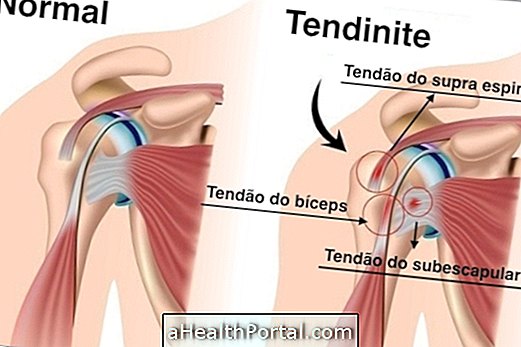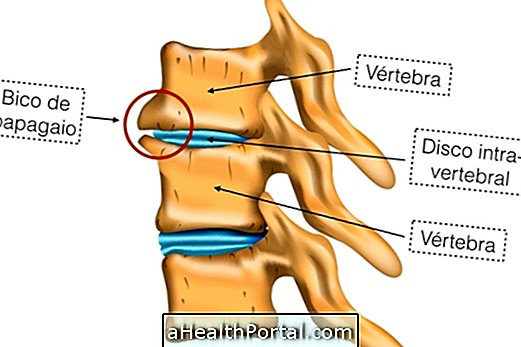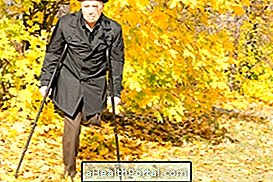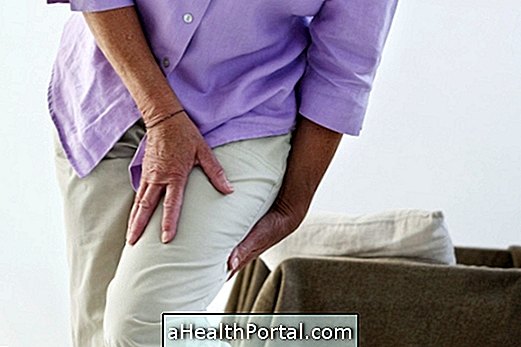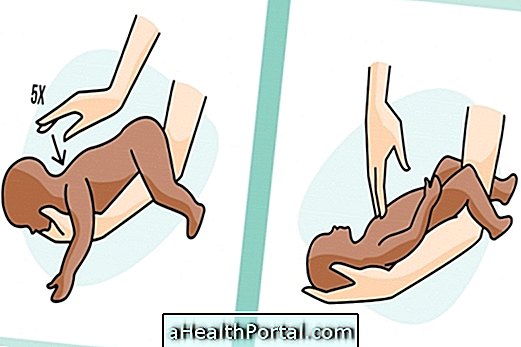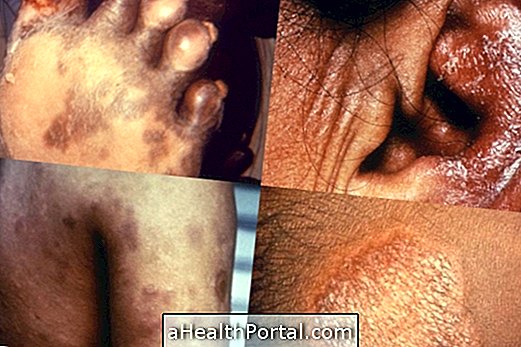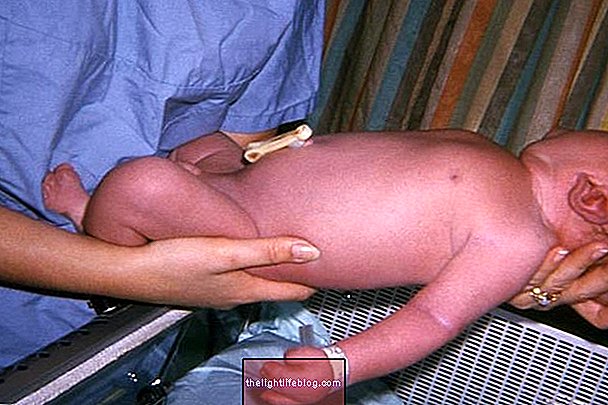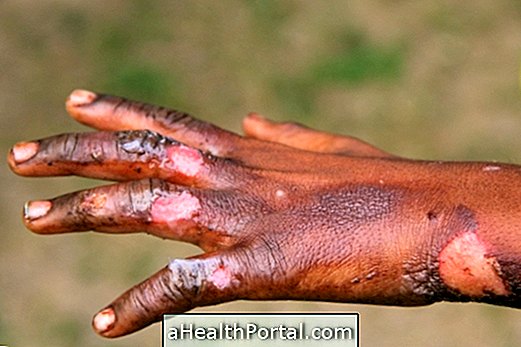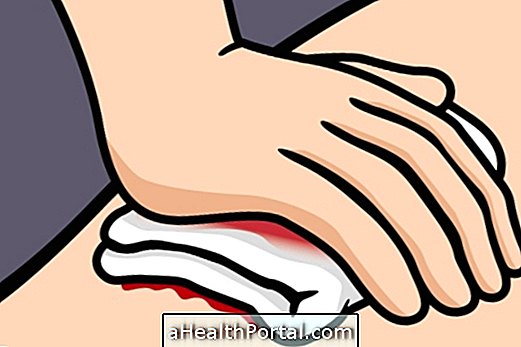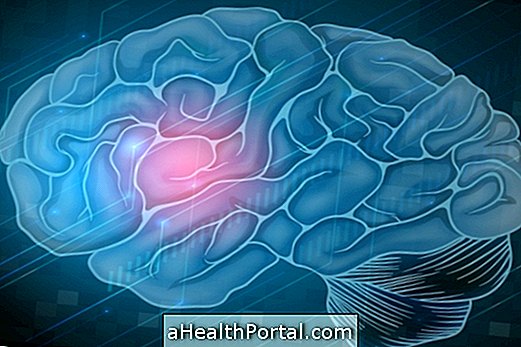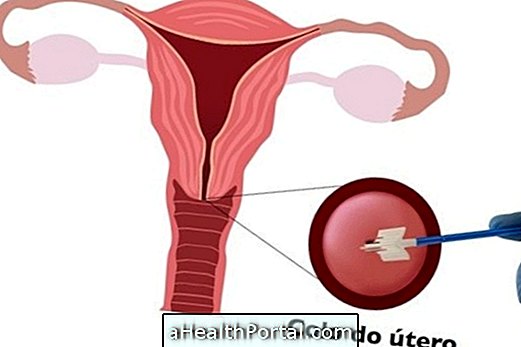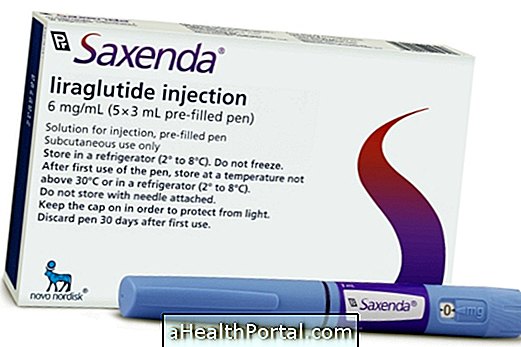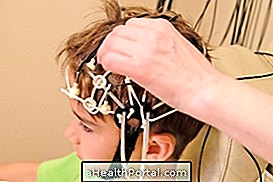Osteonecrosis, also called avascular necrosis or aseptic necrosis, is the death of a region of the bone when your blood supply is interrupted, with a bone infarction, which causes pain, collapse of the bone and can cause severe arthrosis.
Although it may arise in any body bone, osteonecrosis most often occurs in the hip, affecting the femoral head region, as well as in the knees, shoulders, ankles, wrists, or the jaw bone.
The treatment is done by the orthopedist, and consists of the use of medicines to relieve symptoms, with anti-inflammatories, in addition to rest and physiotherapy, however, surgery may also be indicated to correct the changes or even to replace the joint by a prosthesis.
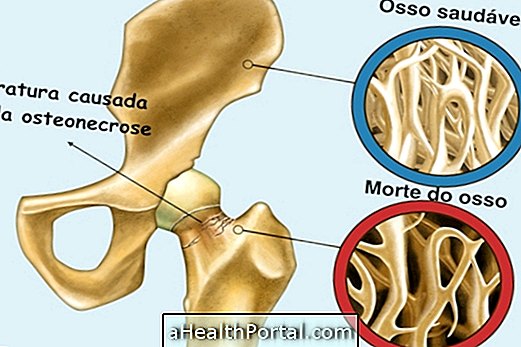
Main symptoms
Initially, osteonecrosis may show no symptoms and can hardly be seen in imaging studies. But as the blood circulation worsens and there is more bone involvement, symptoms such as pain in the affected joint can arise, which causes difficulties walking or doing daily activities.
One or more bones may be involved in this disease and, in osteonecrosis of the hip, only one or both sides may be affected. Also, identify other causes of hip pain.
After suspected osteonecrosis of the hip, the orthopaedist can make the physical evaluation and request tests such as radiography or magnetic resonance imaging of the affected area, which may show the signs of bone necrosis, as well as the bone adaptations that may arise, such as osteoarthritis.
What are the causes
The main causes of osteonecrosis are injuries to bones that occur due to trauma, such as in cases of fractures or dislocations. However, non-traumatic causes include:
- Use of corticosteroid remedies, when in high doses and for long periods of time. Check out the main side effects of steroids;
- Alcoholism ;
- Diseases that cause changes in blood clotting, such as sickle cell anemia, liver failure, cancer or rheumatic diseases;
- Use of bisphosphonate class drugs, such as zoledronic acid, used to treat osteoporosis and some cases of cancer, is related to the increased risk of osteonecrosis of the mandible.
People who smoke may also be more likely to develop osteonecrosis, as smoking causes difficulties in the blood supply in the body.
In addition, there are cases in which it is not possible to discover the cause of the disease, and these cases are called idiopathic osteonecrosis.
How is the treatment done?
Treatment for osteonecrosis is guided by the orthopedic surgeon (or buccomaxillofacial surgeon in the case of mandibular xonecrosis), and includes the use of analgesic and anti-inflammatory drugs to relieve symptoms, rest of the affected joint, physiotherapy, and elimination of the cause that can being causing the insufficiency of blood.
However, the main and best treatment for the cure of osteonecrosis is surgery, which involves performing bone decompression, placing a bone graft or, in more severe cases, replacing the joint.
Physiotherapy for Osteonecrosis
Physical therapy is very important to aid in patient recovery, and may vary depending on the type and severity. When the bone is greatly affected by the difficulty of blood irrigation, a decrease in the space within the joint and inflammation is common and therefore the development of arthrosis and arthritis is common.
In physical therapy, muscle strengthening exercises, joint mobilizations and stretching can be performed in order to reduce the risk of complications in the affected area, such as a fracture, and even avoid the placement of a prosthesis. The devices can also help control the pain and strengthen the muscles.
See how treatment can be done after inserting the hip prosthesis.

